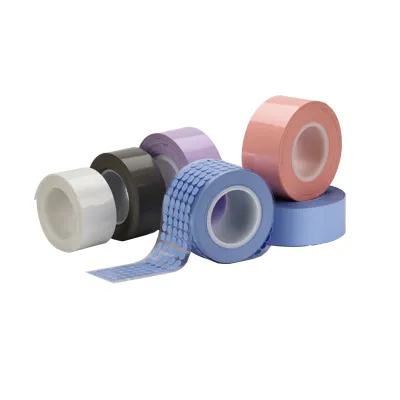
Silicone thermal conductive film is one of the most commonly used thermal gap filling materials, and it is also one of the most widely used thermal gap filling materials. Silicone thermal conductive film is made of silicone oil as raw material and added insulation, temperature resistance, and thermal conductive materials. The filled thermal pad has the characteristics of high thermal conductivity, low interface thermal resistance, insulation, compressibility, etc., because of its softer hardness, it can realize a smaller thermal resistance under low pressure conditions, and at the same time Eliminate the air between the contact surfaces and fully fill the rough surfaces between the contact surfaces to improve the heat conduction effect of the contact surfaces. Because of the good filling effect of the silica gel thermal conductive film, it can effectively conduct the heat of the heat source to the shell, and the silica gel thermal conductive film has good compressibility and elasticity, and can serve as a shock-absorbing pad.
The common thermal conductivity of silica gel thermal film in the market is within 1-6W, and more than 6W is the range of high thermal conductivity silica gel thermal film. The higher the thermal conductivity, the more difficult the research and development, and the higher the price. Dongguan Shengyuan New Materials The SF1200 silicone thermal conductive film developed and produced by Technology Co., Ltd. is a soft and elastic thermal conductive gasket with a thermal conductivity of 12W/MK. It has passed a 1000-hour reliability test. Welcome to consult.

 English
English
 usheenthermal
usheenthermal



